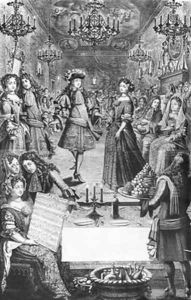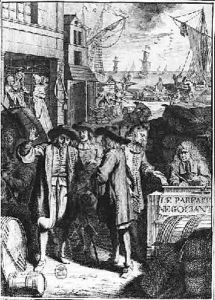Pierre Landry Paintings
Pierre Landry was a prominent French engraver, publisher, and globe maker active during the 17th century, a period marked by significant developments in the arts and sciences in Europe. Born in 1630, Landry's contributions spanned several decades, during which he became known for his detailed and precise engravings, as well as for his work in cartography and globe making. His life and career were deeply intertwined with the artistic and intellectual currents of his time, reflecting the broader trends of the Baroque period, characterized by dramatic expression and elaborate detail.
Landry's work as an engraver and publisher involved the production of maps, portraits, and religious subjects, showcasing his versatility and skill in different genres. He was part of the vibrant artistic community in Paris, the cultural and intellectual heart of France, where he operated his own workshop. His engravings were highly sought after for their quality and artistic merit, contributing to the dissemination of both artistic and scientific knowledge. As a globe maker, Landry contributed to the growing interest in geography and exploration during his time, creating globes that were not only functional navigational tools but also works of art.
Throughout his career, Pierre Landry collaborated with several prominent artists and scientists, reflecting the interdisciplinary nature of intellectual pursuits in the 17th century. His work is representative of the Baroque era's fascination with detail, precision, and the exploration of the natural world. Landry's legacy is preserved in various collections and museums, where his engravings and globes continue to be admired for their technical excellence and beauty. He died in 1701, leaving behind a body of work that remains significant in the history of French engraving and cartography.

